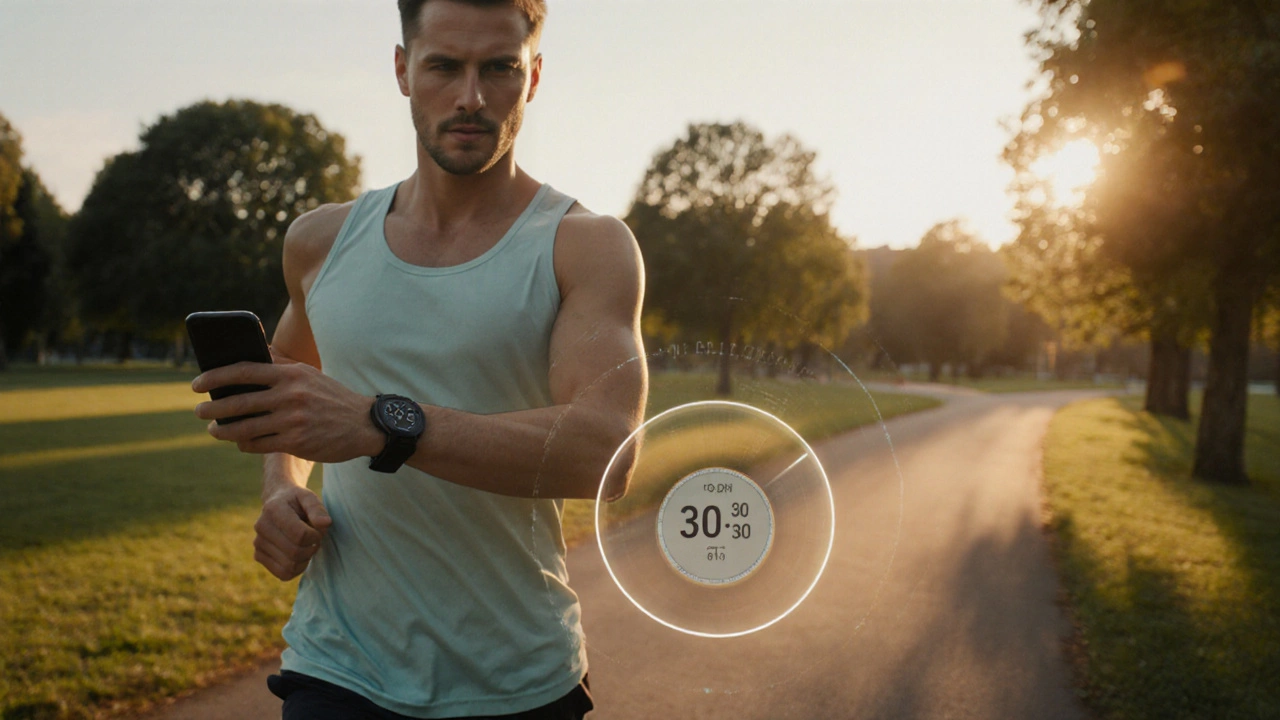When you're pushing hard in a workout, the work rest interval, the exact amount of time you spend working versus recovering between efforts. Also known as work-to-rest ratio, it's not just a number—it's the hidden switch that turns a mediocre session into a game-changer. Whether you're sprinting, lifting, or doing burpees, how long you rest between sets decides if you build strength, burn fat, or just feel exhausted.
The HIIT, high intensity interval training, a method that alternates short bursts of max effort with brief recovery is built on this principle. A 30-second sprint followed by 90 seconds of walking? That’s a 1:3 work rest interval. Do the same workout with only 30 seconds rest? Now you’re training endurance, not power. The same moves, different rest—completely different results. And it’s not just for cardio. In strength training, resting 2 minutes between heavy squats lets your muscles recover enough to lift more next set. Rest only 30 seconds? You’re building muscle endurance, not pure strength. Your recovery time, the pause between efforts that lets your body reset physically and mentally is just as important as the effort itself.
Most people ignore this. They copy workouts from Instagram without thinking about timing. They do 10 burpees, then immediately start the next round because they think more speed equals more results. But that’s how burnout happens. Or worse—you stop making progress because your body never gets the chance to fully recharge. The interval training, a structured approach to alternating work and rest to maximize output and adaptation isn’t about going hard all the time. It’s about going hard at the right moments, and letting yourself recover enough to do it again. That’s why the 4-2-1 rule workout works: it’s not random. It’s science. It’s timing.
Look at the posts here. You’ll find guides on 30-minute personal training, 7-day flat belly plans, and daily HIIT routines. They all depend on one thing: the right work rest interval. Do you know why a 30-minute cardio session might not help you lose weight? Maybe your rest periods are too short, and you’re not pushing hard enough during work. Why does a 2-week fat loss plan work for some and fail for others? Often, it’s not the diet—it’s the rest. Too little rest means your body stays in stress mode, holding onto fat. Too much rest, and you don’t create enough stimulus to change.
This isn’t about following someone else’s schedule. It’s about understanding how your body responds to timing. Whether you’re a beginner trying to lose belly fat or someone pushing for strength gains, the work rest interval is your control panel. Get it right, and even short workouts deliver results. Get it wrong, and you’ll spin your wheels—no matter how hard you try.
Below, you’ll find real guides from people who’ve tested these intervals in practice—what worked, what didn’t, and how to adjust them for your goals. No fluff. Just what actually moves the needle.

Learn the ideal HIIT ratio for beginners, why it matters, and how to start with a safe 30/30 work‑rest plan that you can progress over weeks.
READ